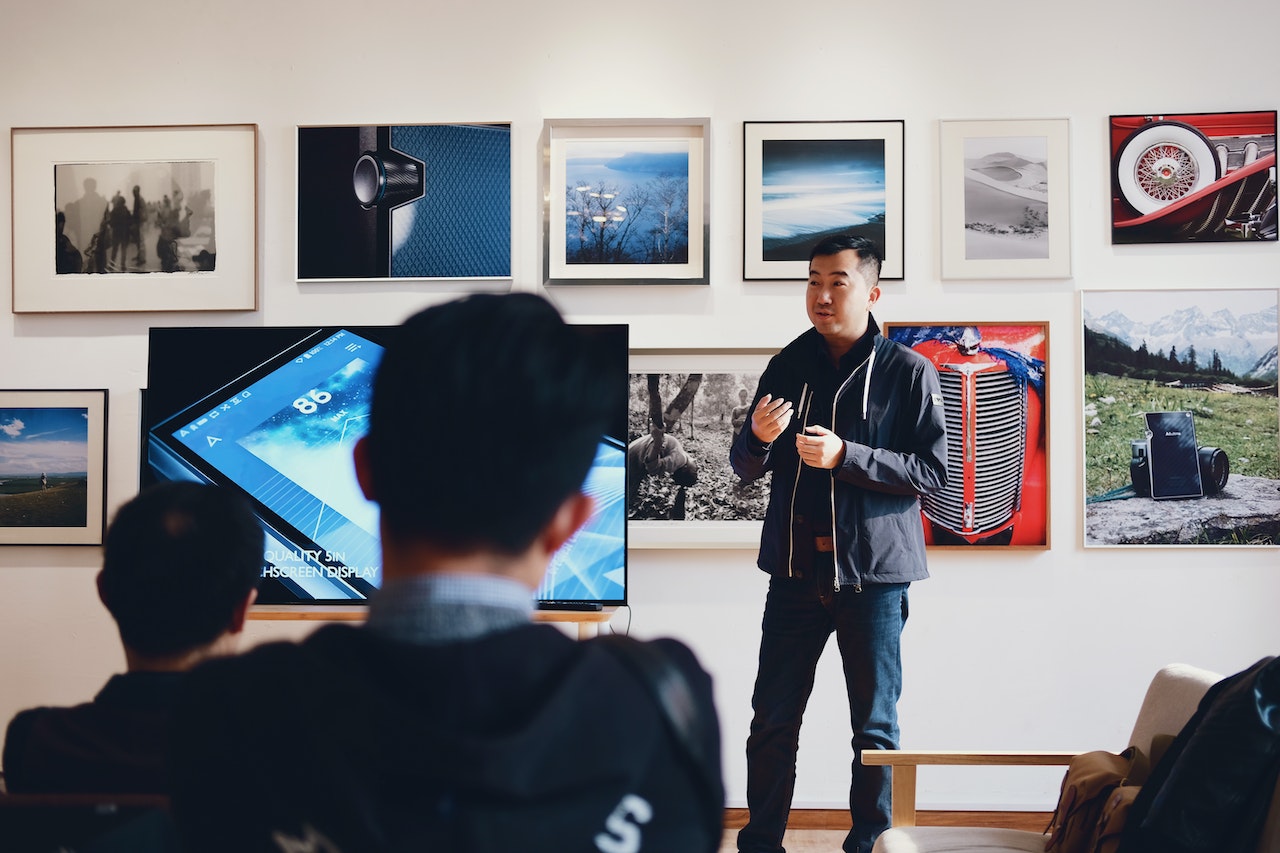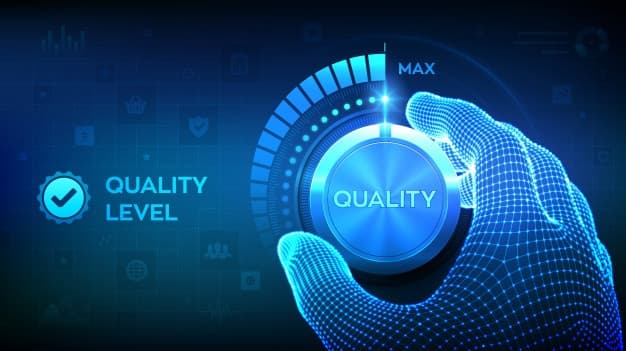The success of any conference — from a niche business forum to a large international summit — directly depends on how useful and substantial its content is. In the age of digital noise, when hundreds of online events take place every day and thousands of hours of video content are published, the audience has become increasingly selective. People are no longer willing to waste time on boring or superficial presentations. They want ideas, insights, solutions, and inspiration.
In Hungary, conferences are becoming an increasingly important part of professional communities. Sectors such as IT, marketing, sustainable development, biotechnology, and finance actively use events not only to share knowledge but also to strengthen business connections. That’s why the issue of content quality comes to the forefront. Organizers can no longer afford a formal approach to program planning. Careful collaboration with speakers, topic selection, talk scripts, and even the presentation format are now essential.
Speakers as the Foundation of Trust
If a conference is seen as a living organism, speakers are its voice and face. They set the tone, determine the level of discussion, and shape the overall perception of the event. Therefore, selecting speakers is not just about logistics but a strategic decision. It’s not enough to invite a “big name” — it’s important that this person can inspire, deliver their message clearly, and engage the audience in dialogue.
Hungarian audiences appreciate practitioners who speak concretely and to the point. This is especially relevant in technical or business-oriented fields, where it’s not only about what is said but how it can be applied in practice. A good speaker knows their topic deeply, avoids clichés, and doesn’t drift into abstractions. Moreover, they are good listeners and interact well with the audience — whether through open questions or informal conversations after the talk.
It’s important to remember that a speaker is not just a guest figure. They are a full partner in the event. That’s why organizers should work with speakers well in advance: discuss key points, structure of the talk, presentation format, and sometimes even create the slides together. This is particularly important for international conferences held in Hungary, where different cultural and professional approaches intersect.
Content That Creates Value
Good content means not only strong presentations but also a well-structured program. A quality conference is built like a screenplay: with an opening intrigue, dramatic development, and a climax. It’s important that topics complement each other, explore a subject from different angles, and give participants a sense of cohesion. The attendee should not only hear interesting information but also feel that their time was well spent — gaining new knowledge, forming a point of view, and making valuable connections.
In recent years, the Hungarian conference market has seen new trends — active use of formats like fireside chats, mini-debates, live case studies, and short TED-style talks. These formats make content livelier, reduce the distance between speaker and audience, and most importantly — help retain listener attention. Even the most engaging topic can be dull if presented with “slides + monotone voice.”
There’s also growing interest in local case studies. While international experience remains relevant, participants increasingly seek solutions adapted to the Hungarian market — whether it’s HR practices in Budapest, digitalization in agriculture, or fintech regulations. This kind of content does more than inform — it brings real value, offering ideas that can be applied immediately.
How to Avoid Planning Mistakes
A common mistake among organizers is trying to “please everyone” by including too wide a range of topics. This results in a loss of focus, audience fatigue, and a diluted impression of the event. It’s much more effective to select one clear topic and explore it in depth. For example, instead of a generalized “marketing conference,” host an event dedicated specifically to B2B content strategies. Or instead of “technology,” focus on artificial intelligence in logistics.
Timing is another crucial factor. A program without breaks and overloaded sessions doesn’t give attendees time to digest information or network. Yet informal conversations in the corridors are often more valuable than the presentations themselves. The right balance between intensity and comfort is key to success.
The role of the moderator is equally important. A good moderator helps speakers shine, sets the right pace, keeps to the schedule, and engages the audience. This is especially relevant for panel discussions, which can quickly devolve into chaotic exchanges without firm moderation.
Conclusion: Usefulness as a Strategic Goal
A conference is not just a gathering of people in a room or Zoom window. It is an investment of time, resources, and energy. Participants expect not only inspiration but also practical value. This means that the main task of the organizer is to create an event that is useful from the first minute to the last.
Achieving this requires thorough work on every element: from selecting speakers and topics to scripting and presentation formats. In Hungary’s competitive events market, content quality and speaker professionalism are the main success factors.
A good conference is not the one with giveaway bags, but the one after which participants return to their offices or homes energized and full of new ideas. That is its true value.




